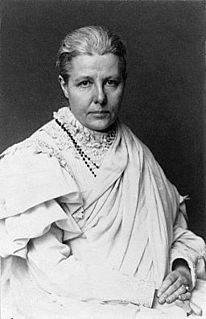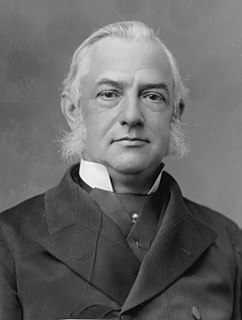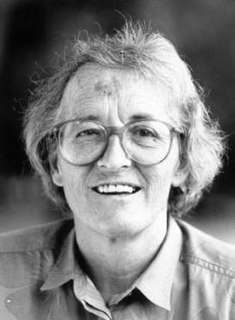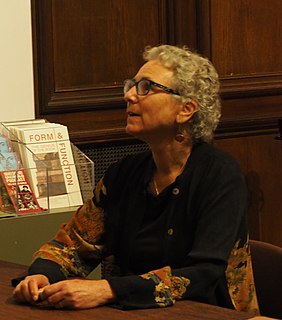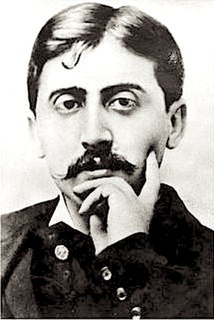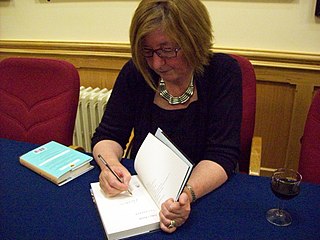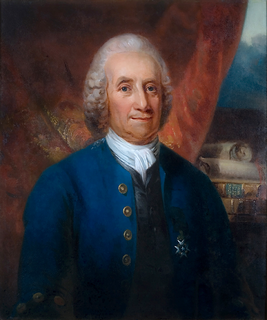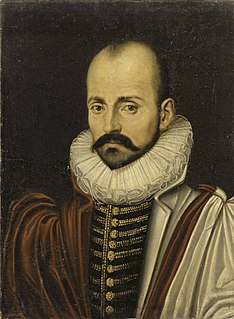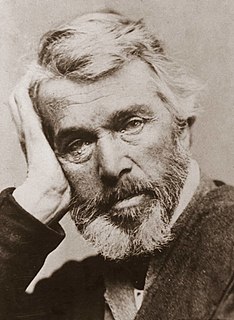A Quote by Annie Besant
Death consists, indeed, in a repeated process of unrobing, or unsheathing. The immortal part of man shakes off from itself, one after the other, its outer casings, and - as the snake from its skin, the butterfly from its chrysalis - emerges from one after another, passing into a higher state of consciousness.
Related Quotes
Sometimes the serpent is represented as a circle eating its own tail. That’s an image of life. Life sheds one generation after another, to be born again. The serpent represents immortal energy and consciousness engaged in the field of time, constantly throwing off death and being born again. There is something tremendously terrifying about life when you look at it that way. And so the serpent carries in itself the sense of both the fascination and the terror of life.
What do I think happens when we die? I think we enter into another stage of existence or another state of consciousness that is so extraordinarily different from the reality we have here in the physical world that the language we have is not yet adequate to describe this other state of existence or consciousness. Based on what I have heard from thousands of people, we enter into a realm of joy, light, peace, and love in which we discover that the process of knowledge does not stop when we die. Instead, the process of learning and development goes on for eternity.
The great renunciation of old age as it prepared for death, wraps itself up in its chrysalis, which may be observed at the end of lives that are at all prolonged, even in old lovers who have lived for one another, in old friends bound by the closest ties of mutual sympathy, who, after a certain year, cease to make the necessary journey or even to cross the street to see one another, cease to correspond, and know that they will communicate no more in this world.
Aggression is simply another name for government. Aggression, invasion, government, are interconvertible terms. The essence of government is control, or the attempt to control. He who attempts to control another is a governor, an aggressor, an invader; and the nature of such invasion is not changed, whether it is made by one man upon another man, after the manner of the ordinary criminal, or by one man upon all other men, after the manner of an absolute monarch, or by all other men upon one man, after the manner of a modern democracy.
Cut a chrysalis open, and you will find a rotting caterpillar. What you will never find is that mythical creature, half caterpillar, half butterfly, a fit emblem for the human soul, for those whose cast of mind leads them to seek such emblems. No, the process of transformation consists almost entirely of decay.
When every one is to cultivate himself into man, condemning a man to machine-like labor amounts to the same thing as slavery. If a factory-worker must tire himself to death twelve hours and more, he is cut off from becoming man. Every labor is to have the intent that the man be satisfied.... His labor is nothing taken by itself, has no object in itself, is nothing complete in itself; he labors only into another's hands, and is used (exploited) by this other.
A woman's chastity consists, like an onion, of a series of coats. You may strip off the outer ones without doing much mischief, perhaps none at all ; but you keep taking off one after another, in expectation of coming to the inner nucleus, including the whole value of the matter. It proves, however, that there is no such nucleus, and that chastity is diffused through the whole series of coats, is lessened with the removal of each, and vanishes with the final one which you supposed would introduce you to the hidden pearl.
